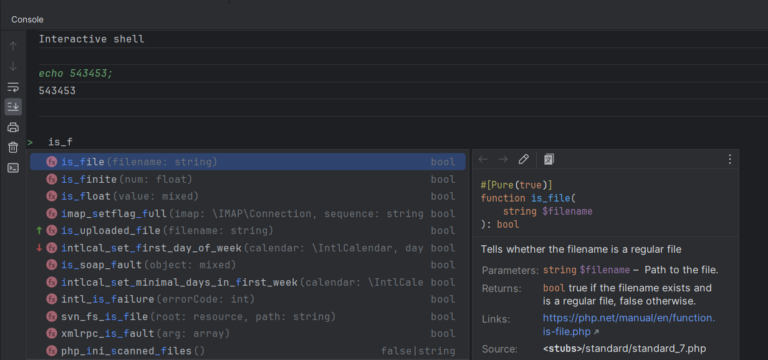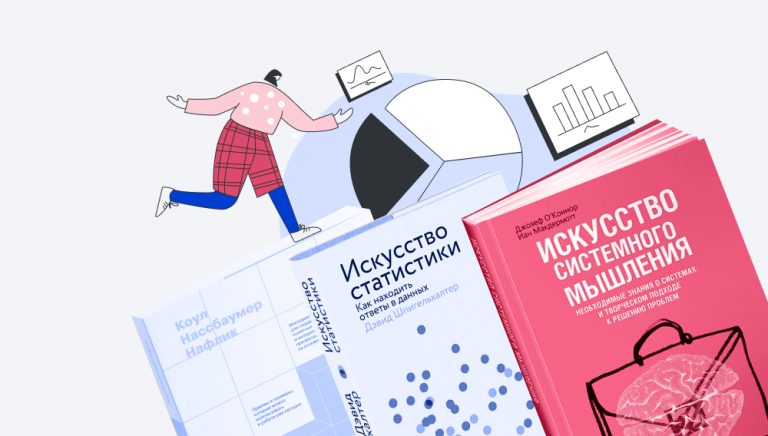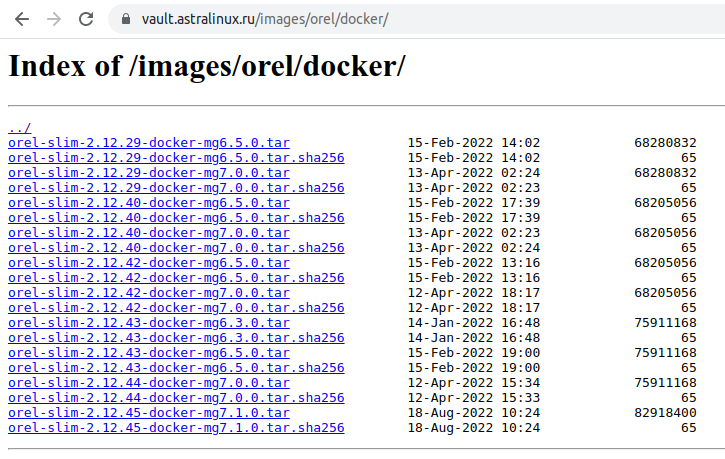Google I / O: what’s new presented to Android developers
Translation of the official announcement with comments from Android Developer Surf Oleg Zhilo.
As Android developers, we strive to create experiences that delight people around the world. The developer’s job is not getting any easier: now that people depend on your applications more than ever, their expectations are much higher. Today within Google I / O we talked about how we we help developers create beautiful and high-quality applications… We presented Android 12Jetpack, Jetpack Compose, Android Studio, and Kotlin, which received a massive UI design update, were shown. We also help to increase the reach of your applications, be it support for wearable or large screen devices… You can see full version of Developer Keynote, but in this article we will cover all the key points of the conference.
Android 12: big design updates
We’ve just released the first beta of Android 12, and there are a lot of interesting things in it. Android 12 introduces new user security features such as Bluetooth permissions and approximate location. Performance has been improved, including expedited jobs and launch animations. Widgets have become more interactive and a new scroll effect has been added – stretch overscroll. This release contains the largest design updates for Android in its entire history. You can detail check out Android 12 Beta 1 hereto get your apps ready for a user release later this year. Download the beta version and try it out with your apps today!
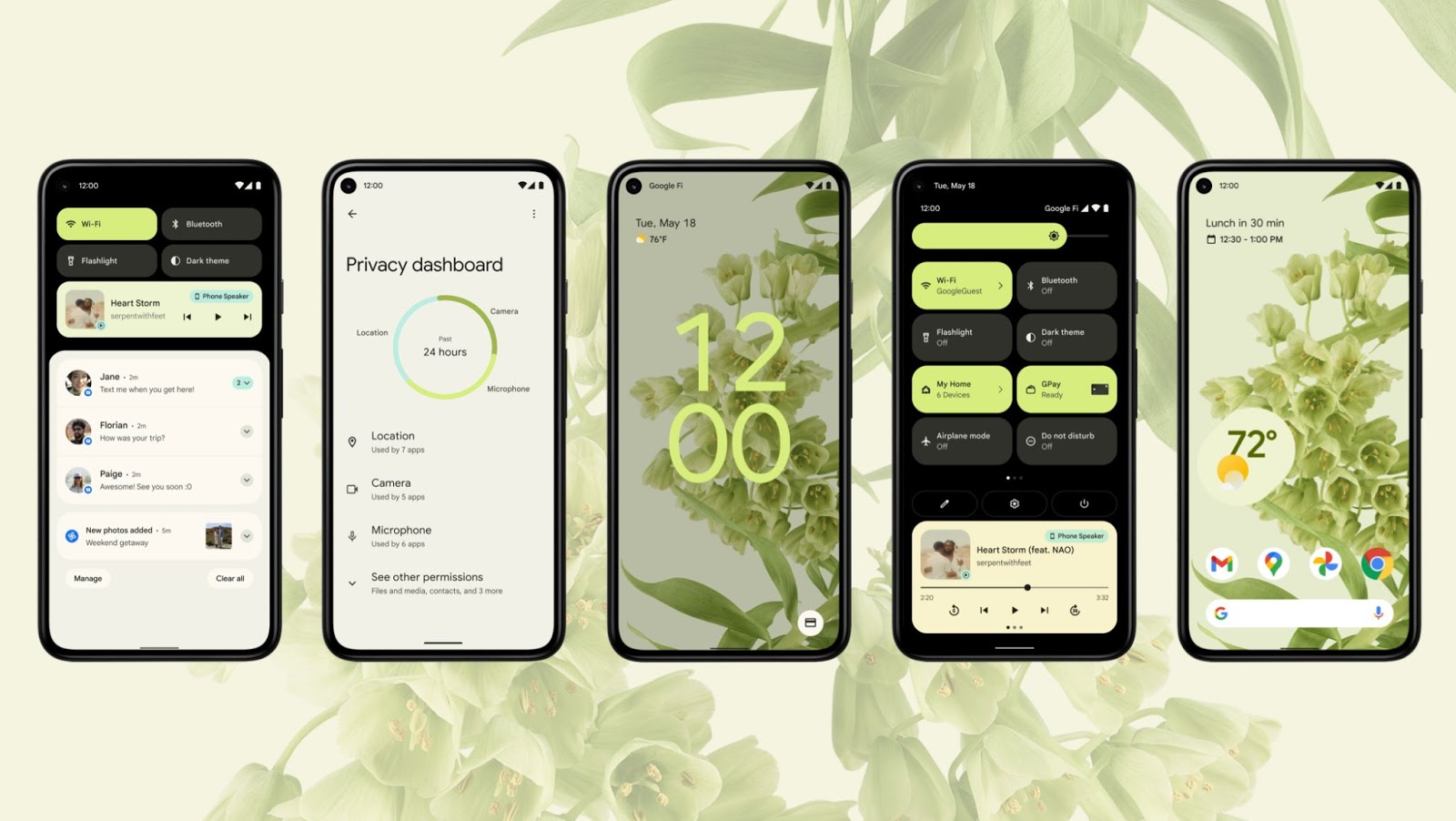
Commentary by Oleg Zhilo
The first android smartphonereleased in 2008 was not perceived as something special and fundamentally new. It didn’t offer anything that a Symbian device couldn’t offer. But any path begins with the first step. Google was actively involved in the development of Android, and now, after years of development and competition, there is already a struggle not for the number of devices sold on the market, but for the number of users who will prefer your ecosystem. And the current announcements are proof of this: the innovations of Android 12 are aimed at making the system not only more holistic and convenient, but also to help developers make their products that fit into the OS like native ones.
Jetpack Compose: July 1.0!
Over the past few years, we’ve worked hard to modernize Android development, listening to your feedback, to keep the openness that is the hallmark of Android. At the same time, our team can offer the market their own original solutions. You can see this in all of our products, from Android Studio – a high-performance IDE, Kotlin – a programming language that allows you to do more with less code, to Jetpack libraries that can solve the most difficult problems on mobile devices with backward compatibility.
The next step in this direction is Jetpack Compose Is a modern user interface design tool that makes it easy to create beautiful apps for any Android device. We announced Compose as part of Google I / O two years ago, and since then we’ve been developing it in front of the community, listening to your feedback. Earlier this year, developers from all over the world created several truly aesthetic and innovative projects based on Compose Beta, and they succeeded cut development time in half… And your reaction to #AndroidDevChallenge delighted us!
Along with the upcoming Material You update (you can read about it here), we will be adding new Material components, as well as further support for creating large screens, which will allow you to quickly and easily create a great user interface. Compose is currently in the final stages of testing. Stable version 1.0 coming out in July, don’t miss it!
Commentary by Oleg Zhilo
Android innovation and developer tools have not always been a delight year after year. What looked very cool and necessary often turned into an overgrowth of the code base, since it is necessary to support not only old, but also new versions of the OS. Jetpack Compose is not just an innovation, or a “cool feature”, it is a new stage in development. Compose helps you write and debug beautiful UI very quickly, leaving more time for business logic. It is also easier to write prototypes with it: there is no inheritance from View. If you look at the source code of any View from the Android SDK and write an analogue on Compose, then the difference in the size of the code can be tenfold. for example ViewPager by Compose – less than 400 lines, and ViewPager from Android SDK – more than 3000 lines. While I followed #AndroidDevChallenge many interesting projects, written in Compose, have surfaced. Look at this NewtonsTimer. After such projects, I want to try Compose immediately.
Android Studio Arctic Fox: design, devices and productivity
Beta released today Android Studio Arctic Fox (2020.3.1) is the latest official IDE release for Android. With it, you can create quality apps even easier and faster. We’ve updated the toolbox to speed up the UI experience, added support for apps on new devices, and improved developer productivity. The latest version of Arctic Fox allows you to create modern UIs with Compose tools, view test results from multiple devices, and streamline database and background debugging with the App Inspector.
We are also working to make your applications more efficient and accessible for people with disabilities. We have added two tools in this release: a more efficient Memory Profiler and an Accessibility Scanner for testing accessibility. To speed up app builds, we’ve added the Android Gradle 7.0 plugin, a new DSL, and various APIs. You can read more about Android Studio Updates in this article…
Commentary by Oleg Zhilo
Looking back and remembering how they wrote applications on the Eclipse + Android SDK, and looking at what Google and JetBrains are now offering developers, I can say with confidence that with such tools it is difficult to write not high-quality code, but to make a bad product, even more so.
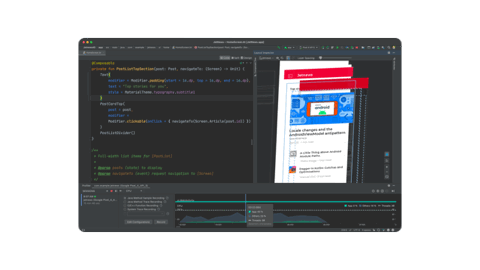
Kotlin: the most popular language among professional Android developers
According to our recent polls, Kotlin is the most commonly used language among professional Android developers today. By the way, over 1.2 million apps in the Play Store use Kotlin, including 80% of the top 1000 apps. We’re even more excited at Google that over 70 of our own apps, including Drive, Home, Maps, and Play, also use Kotlin. Thanks to a new native solution for annotation processing, created from scratch, Kotlin Symbol Processing has become available today – a powerful yet simple API that directly parses code written in Kotlin and is able to work 2 times faster with some libraries, for example, Room.
Android Jetpack: Build Functionality Without Templates
Via Android Jetpack we have created a set of libraries that are designed to reduce boilerplate code so you can focus on the original code. Currently, over 84% of the top 10,000 apps use the Jetpack library. Today we have made several releases within Jetpack, including the Jetpack Macrobenchmark (Alpha) to catch the interaction activities that affect the launch of the application and cause jerky animations, even before the release of the application, as well as Kotlin Coroutines – a new API for more efficient saving of data through Jetpack DataStore (Beta). Here you can see with all updates for Android Jetpack…
Commentary by Oleg Zhilo
Over the past few years, Kotlin has not only gained the trust of developers, but also managed to penetrate many areas of development: from mobile and backend development to game development and machine learning. The sheer number of Koltin tools and libraries only confirms this. Thanks to Google for actively developing and introducing Kotlin into the Android world.
Keeping up with the times: Wear OS for wearables
Modern Android development tools have been specifically designed to make it easier for you to create apps for the next Android era that will allow devices connected to your phone – TVs, cars, watches, tablets – to work better together.
Today we did huge step forward in the development of applications for wearable devices. First, we have partnered with Samsung to unveil a single platform that combines the best of Wear and Tizen. Second, we showcased examples of user experiences with updated Google apps. Third, the world-renowned fitness service from Fitbit has come to the platform. Soon, Android developers will be able to apply all of their skills, tools and APIs to create apps for a single wearable platform that people around the world use.
So, the new Jetpack API, adapted for small screens, will help increase battery life, and with the help of Jetpack Tiles API you will be able to create custom tiles for any wearable device in the Wear ecosystem. Thanks to the set Health and Fitness APIco-developed with Samsung, sensor data collection and metric calculations are now optimized, consistent and accurate. Now, data such as heart rate, calories and distance traveled are sourced from one reliable source. The new set of tools, which was released simultaneously with the release of Android Studio Arctic Fox Beta, allows, among other things, to increase the speed of pairing with the device, which will have a positive impact on application testing. The emulator even has a virtual heart rate sensor. When your app is ready, updated Google Play algorithms help users find your product and discover the world of Wear apps. Here you will find details about all Wear updates.
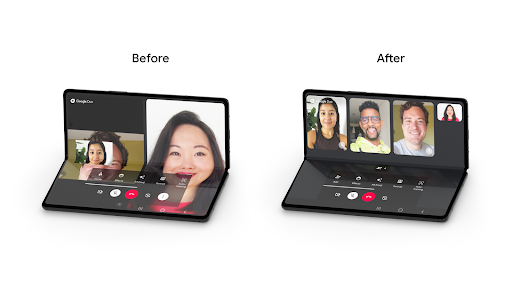
Optimized interface Google duo for folding devices
This is just a small part of how we make it easy for you to develop quality Android apps. Later, we will release over 20 technical lectures on Android and Play, covering a wide range of topics such as background tasks, privacy, machine learning on Android and the top 12 recommendations for how to prepare for Android 12. We will also cover development for automotive systems, TVs and wearable electronics – all this is already available on the conference website… Besides lectures and news, there are a few more ways to join Googlers and other developers on Google I / O: visit the Android marquee on I / O Adventureto check out new posts, videos, workshops and more. You can also test your Jetpack Compose skills and even take a virtual tour of the cars inside the tent!
Commentary by Oleg Zhilo
The ecosystem includes not only the phone, but also many other wearable and home devices. A few years ago, Android watches were more of a trinket, and foldable devices were only seen in science fiction movies. Now you can talk by the clock, they will tell you the state of your health and can call an ambulance. Foldable devices are still far from the average user, but they have great potential. Now the total number of devices on the market and their development is very encouraging. Everyone can choose a set of devices for their lifestyle and their needs, that is, collect their own ecosystem that will make their life better.
Read the review on Google I / 0 in Oleg’s telegram channel – UI & Droid

